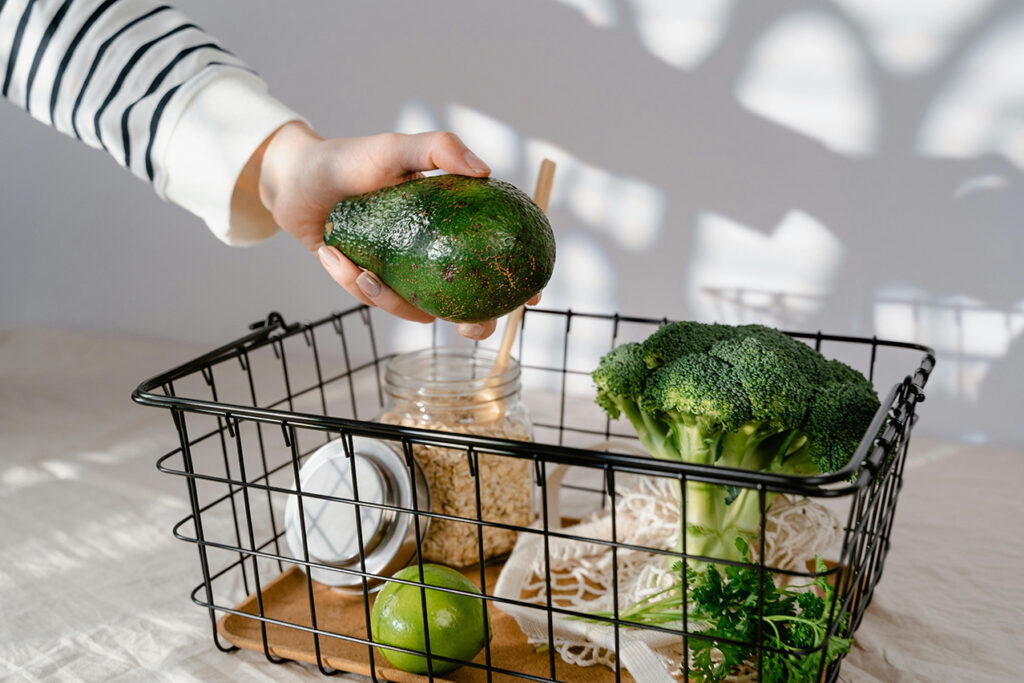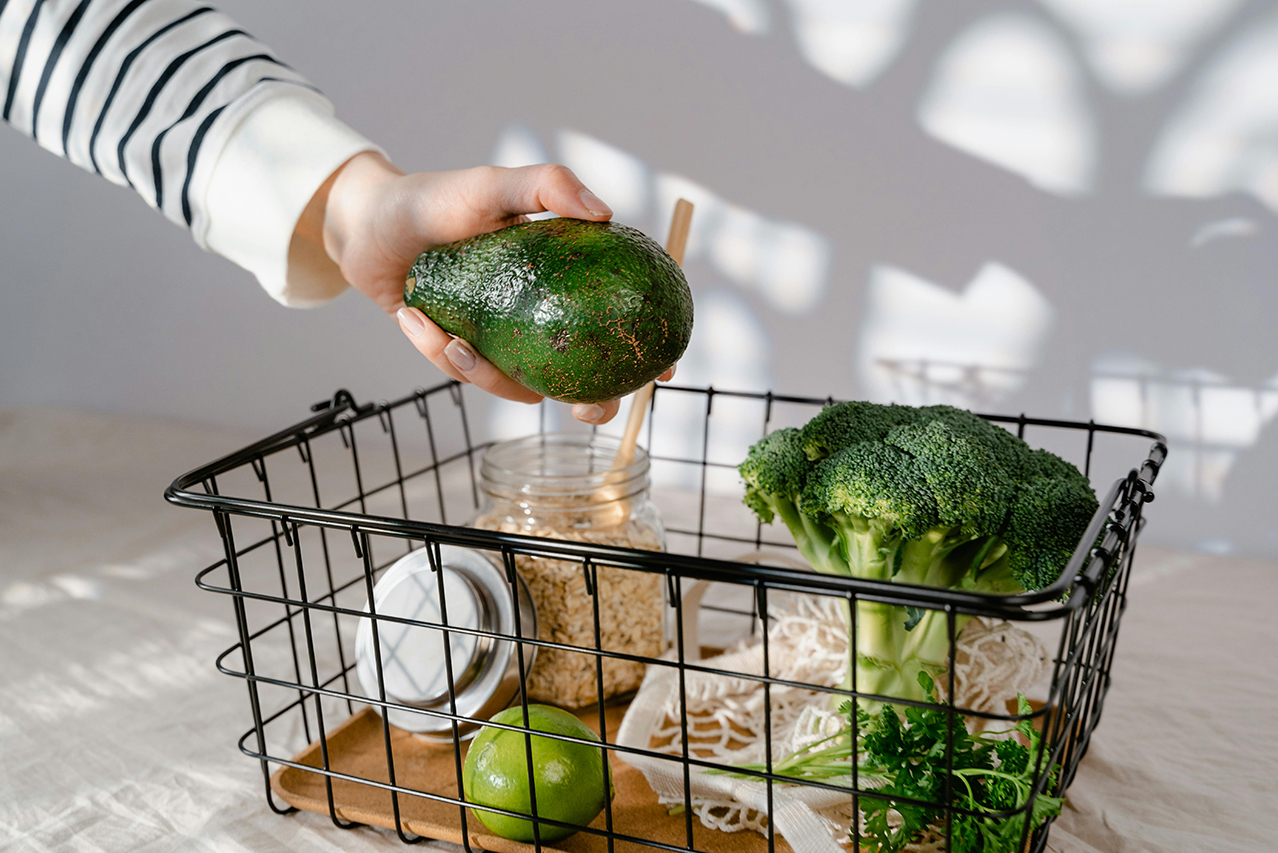
You should follow these diet guidelines while using GLP-1 drugs to maximize the benefits and enhance the effectiveness of the medication.
-
Prioritize High-Fiber Foods
-
- Why: Fiber slows digestion and helps regulate blood sugar levels by providing a gradual release of glucose into the bloodstream. It also promotes satiety, which can aid in weight management.
-
- What to Include: Vegetables (like broccoli and carrots), fruits (such as apples and berries), whole grains (like quinoa and oats), and legumes (like beans and lentils).
-
Maintain Proper Hydration:
-
- Why: Adequate hydration supports metabolic processes, including the breakdown and utilization of nutrients. It also helps maintain kidney function and overall well-being.
-
- How Much: Aim for about 8 cups (2 liters) of water daily, but needs can vary based on individual health, activity level, and climate.
-
Incorporate Lean Proteins:
-
- Why: Proteins are essential for muscle repair and growth. They also contribute to increased satiety and a steady release of energy, which can help stabilize blood glucose levels.
-
- Sources: Opt for lean meats like chicken and turkey, fish, plant-based proteins like tofu and tempeh, and legumes like chickpeas and black beans.
-
Regulate Carbohydrate Intake:
-
- Why: Carbohydrates impact blood glucose levels. Choosing complex carbohydrates over simple sugars helps in better glycemic control and avoids spikes in blood sugar.
-
- What to Choose: Whole grains (such as brown rice and whole wheat bread), starchy vegetables (like sweet potatoes), and legumes.
-
Opt for Low Glycemic Index (GI) Foods:
-
- Why: Foods with a low GI cause a slower rise in blood glucose levels, which is beneficial for glycemic control. This can enhance the effectiveness of GLP-1 medications.
-
- Examples: Non-starchy vegetables, fruits like berries, and whole grains like barley.
-
Adopt Smaller, Frequent Meals:
-
- Why: Eating smaller, more frequent meals can help manage hunger levels, reduce the risk of overeating, and maintain stable blood glucose levels.
-
- Strategy: Plan for 4-6 smaller meals throughout the day instead of three large ones.
-
Limit High-Fat and Fried Foods:
-
- Why: Foods high in saturated and trans fats can contribute to insulin resistance and negatively impact metabolic health.
-
- What to Avoid: Fried foods, pastries, and high-fat cuts of meat.
-
Moderate Alcohol Consumption:
-
- Why: Alcohol can interfere with the action of GLP-1 medications and may cause fluctuations in blood sugar levels. It also contains empty calories that can impact weight management.
-
- Guidance: Limit alcohol intake to moderate levels

